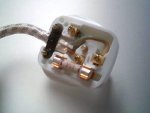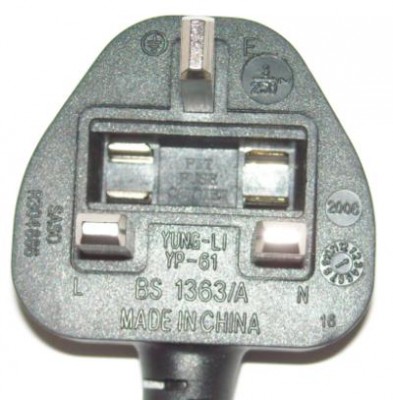Hello.
I have a question. If there is a grounded plug, the phase should be on the left or right side. The socket on the wall has a phase on the left side and I noticed that the plug has a brown (phase) wire on the right side.
Is there a difference?
Are there any standards or regulations that regulate a certain standard of installation performance?
I have a question. If there is a grounded plug, the phase should be on the left or right side. The socket on the wall has a phase on the left side and I noticed that the plug has a brown (phase) wire on the right side.
Is there a difference?
Are there any standards or regulations that regulate a certain standard of installation performance?






